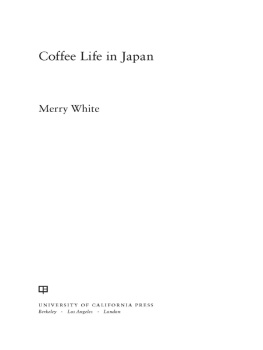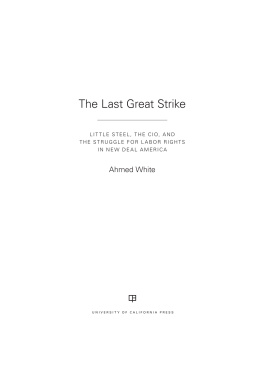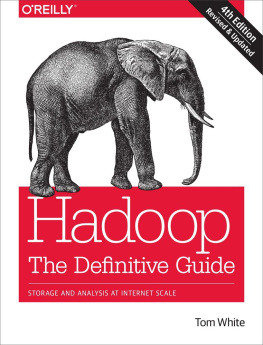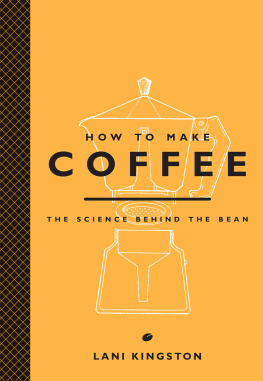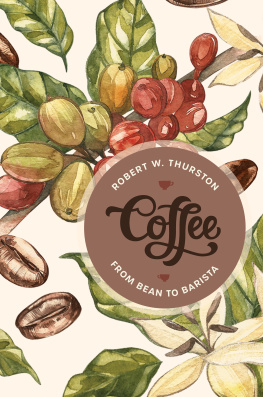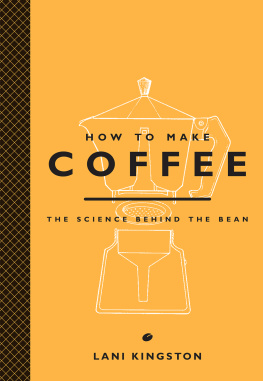Acknowledgments
This is a project of connection: I owe much to many links in the Great Chain of Coffee, such as Bonnie Slotnick who introduced me to Yoshinobu Majima who introduced me to Professor Maruo Shuzo, my guru and source for all things coffee. Maruo-sensei tirelessly sought answers to all my questions and inspired me with his commitment to excellence all the way from tree to bean to cup. His colleagues in coffee, Yamada-san, Tsuji-san, and many others, were also very generous and helpful. Fusako Shore and Tazuko Wada of the Kyoto Consortium were indispensable connectors tooleading me to wonderful venues all over Kyoto. Richard Dyck introduced me to coffee people and places from Tokyo to Ratanakiri, Cambodia, and always offered thoughtful commentary. Other Japan-based friends and colleagues, like Elaine and Jim Baxter, Charlie and Sawako Fox, Mike Molasky (whose work on jazz kissa is illuminating), and Henry and Kimi Smith, were willing to sip all over town with me.
Shiomi Noriko, Yamamoto Yoko, and Nakamura Sae, my most able and creative research assistants, helped me search into the corners of caf history. And the cafs themselves provided inspiration, information, and a corner table where I could observe and write. Listing them all here would be impossible: I am grateful to call home the fourteen or so cafs that I haunted. Many appear in the guide in the appendix. Each deserves my singular commitment, and if I could have cloned myself, each would have had it. But I will mention here a few: Cafe Sagan, whose kind owners supported me and shared their time and experience and even loaned me a home roaster for my ill-judged experiments; Mo-An on the top of Kyoto's Yoshida-yama was a place of serenity, beauty, and great scones; Otafuku, also in Kyoto, where Noda-san invited me to the counter; Tanaka-san's roasting shop offered fine beans, lessons in hand-pouring, a comfortable chair, and coffee talk; the Jumpei coffee circle of craftspeople and artists showed me how a community and great talk can be nurtured with cups of coffee and plates of cake.
Exploring urban Japan was always my pleasure. The first book I read on modern Japan was Ronald Dore's City Life in Japan, which inspired me to take up the trade, and it is to this book that the title of the present book pays homage.
Thanks to Dr. Lola Martinez, I was able to use the library facilities of the School of Oriental and African Studies in London. I found the RADA (Royal Academy of Dramatic Arts) caf on nearby Gower Street congenial for breaks, if not for work: there, fledgling thespians would declaim their parts to each other and take my mind off the seventeenth-century Dutch diaries I was reading. In Kyoto, through the kind intercession of Catherine Ludvik, Director Silvio Vita at the Scuola di Studi sull'Asia Orientale generously gave me a desk, a lap blanket, and the useful library for working in the cold winter of 2008, when running down the street for coffee at Shinshindo was sometimes daunting. These sojourns were sponsored by the Japan Foundation, to which I am deeply grateful.
Family, friends, and spaces at home too supported this work. My son Ben Wurgaft talked me through tricky parts and read endless drafts. My daughter Jennifer White Callaghan encouraged me as I explored London's coffees while I worked at SOAS; I look forward to taking my granddaughter Meghan on such missions. My brother Henry Isaacs provided caffeinated contrarian encouragement when I got too lost in rhapsodic java talk: he said, It's just coffee. Deborah Valenze sat with me over many coffees and drafts; our partnership was heaven-sent as her book on milk (Milk: A Local and Global History [New Haven, Conn.: Yale University Press, 2011]) and mine on coffee took shape at the same time. Adam Tessier was a smart, supportive, corrective, and enthusiastic editor; he saw the manuscript at the end of its rope and hoisted it up. Chris Yano also read chapters and contributed her ever-witty and helpful comments. Simon of Simon's Caf and Jaime and Chris van Schyndel of Barismo Coffee shared their expertise and many coffee stories.
Without the following two women, there would have been no book. Jenny White tirelessly and lovingly supported me as the angst of writing sometimes got the better of me; her own consummate skills in research, writing, and editing are always inspirational. I also owe a debt of gratitude to Sheila Levine of the University of California Press and her colleagues. Sheila's patience and encouragement got me through the many drafts that finally ended in this manuscript.
My home away from home for writing in Harvard Square was the Hi-Rise Caf. And my barista supreme is Judson Macrae. In the low-ceilinged upper rooms there in the dead of winter I wrote much of what is between these covers. And with Judson's coffee, I could taste Japan. He has true kodawari. I thank him for the introduction to Bear Pond in Tokyo, and I move with Judson to whatever place he is pulling the shots.
In the garden of the Hi-Rise Caf sat the IgNobel salon where every week there was the very best conversation and bonhomie. Thanks to Marc Abrahams, our motivating spirit, and to Jean Berko Gleason for being the resident gadfly and polymath. This is what cafs are meant to provide.
Gus Rancatore took the pulse of the book and gave it a stronger beat. He asked and answered all the right questions, scribbled thoughtful notes on shirt cardboards, and listened patiently as I stumbled toward clarity. This book, with my love, is for Gus.
Visits to Cafs: An Unreliable Guide
This postlude allows the reader who visits Japan an opportunity to pay calls on some cafs I have explored in the research for this book. There is no guarantee that they will all be available, but since some have persisted for almost a century, at least some are likely to be open.
TOKYO
Kafe do Ramburu (Caf de l'Ambre). Sekiguchi Ichiro, now (in 2011) 98, still presides in this highly principled shop near Ginza in Shinbashi. Sekiguchi opened the shop in 1948 using Indonesian beans that had been stored for shipment to Germany before the war. Specializing in old beans (such as Cuban 1974s and Colombian 1989s) roasted to order, Sekiguchi has an idiosyncratic, demanding style and has been called a koohiimaniakku (coffee maniac), but the coffee is indeed worth the visit. Ginza 81015, Tokyo; phone 03/37511551; www.h6dion.ne.jp/~lambre. Open Mon.Sat. noon10:00 P.M.; Sun and holidays noon7:00 P.M.
Caf Paulista. Established in 1908 in Ginza, the oldest remaining coffeehouse. Named for So Paulo, Brazil, by its owner, Mizuno Ryu, who promoted coffee with the assistance of the Brazilian government, which sent him one hundred bags of free coffee annually. Famed for association with artists, writers, and literati of the Taisho era. Ginza 89, Chuo-ku, Tokyo; phone 03/35726160; www.paulista.co.jp. Open MonSat 8:30 A.M. to 10:30 P.M.; Sun noon8:00 P.M.
Tsuta. Koyama-san has run this caf for most of his adult life and hopes now that his son may succeed him. The caf is peaceful and sepia-toned in a timeless style of dark furnishings and soft light. It is in Minami-Aoyama, adjacentto Aoyama Gakuin, a famous women's university. His caf is featured in . 51120 Minami Aoyama Minato-ku, Tokyo; phone 03/34986888. Open Mon.Fri. 10:00 A.M.10:00 P.M.; Sat. noon8:00 P.M.; Sun. closed.
Bear Pond. Two locations allow visitors to take the best espresso of Tokyo in two stylesfunky neighborhood or chic downtown. The original, in Shimo-Kitazawa, is worth the trek for its cozy minimalism, and there most likely you will have your espresso drawn by the master himself, Katsu Tanaka, who worked in coffee in the United States for many years, as a trainer and barista. The newer shop is in Shibuya, central and very industrial-chic. Shimo-Kitazawa main store:
Next page
